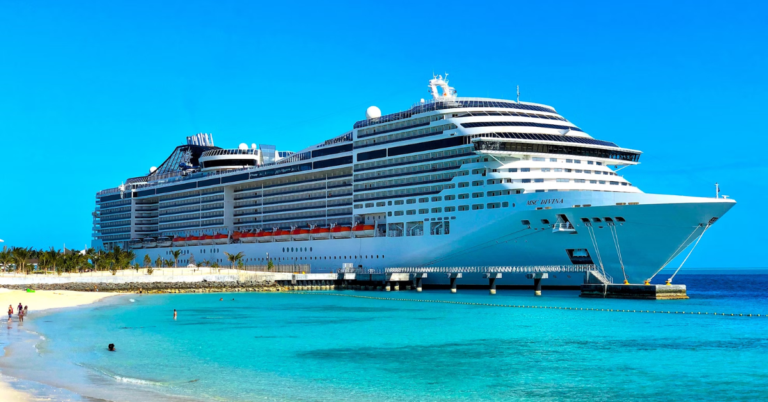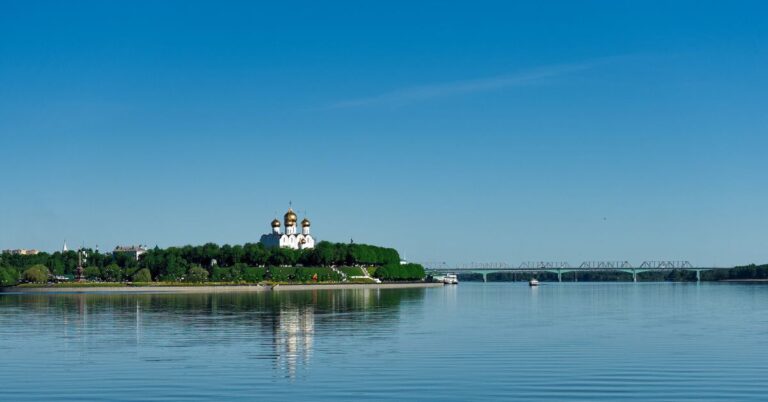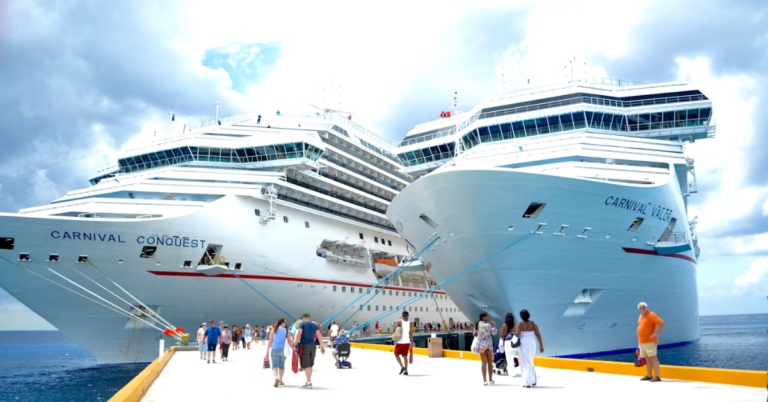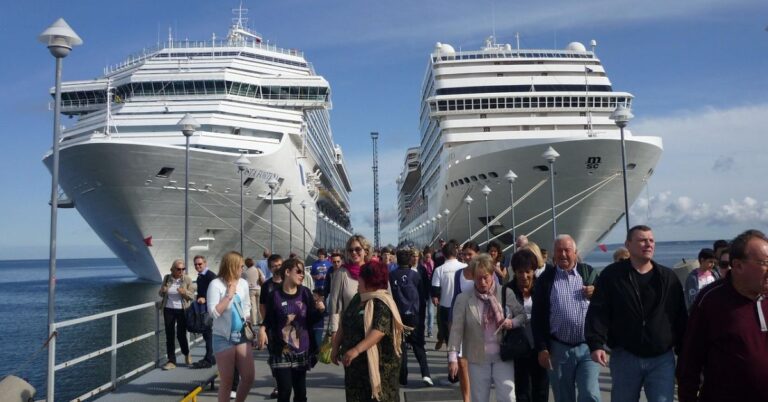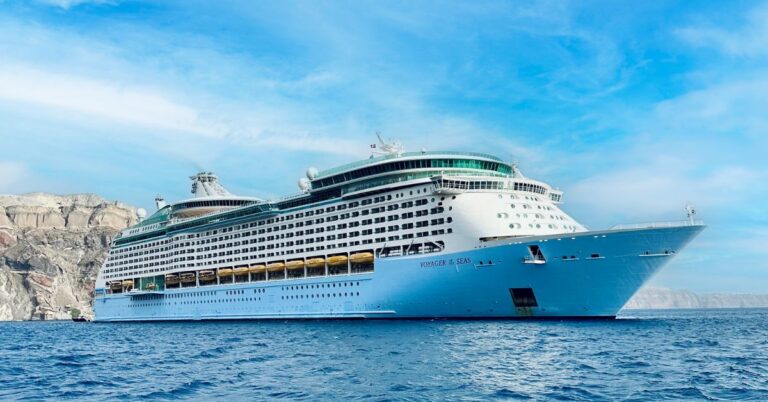15 Differences Between Large And Small Cruise Ships
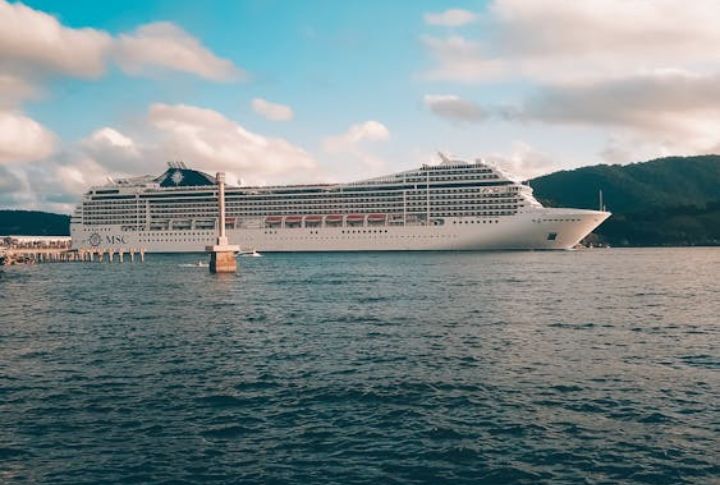
Cruising is one of the most exciting and interesting ways to explore the world, but not all ships deliver the same experience. Some feel like a bustling city on the water, while others offer a more intimate escape. Before you pack your bags and set sail, here’s what you need to know to find the perfect fit.
Crew-To-Passenger Ratio

Smaller ships offer a more personalized experience with a higher crew-to-passenger ratio. This means more attentive service, quicker responses to requests, and a crew that remembers your name and preferences. On large ships, with thousands of guests to serve, interactions tend to be less personal, though service remains efficient.
Medical Facilities And Accessibility
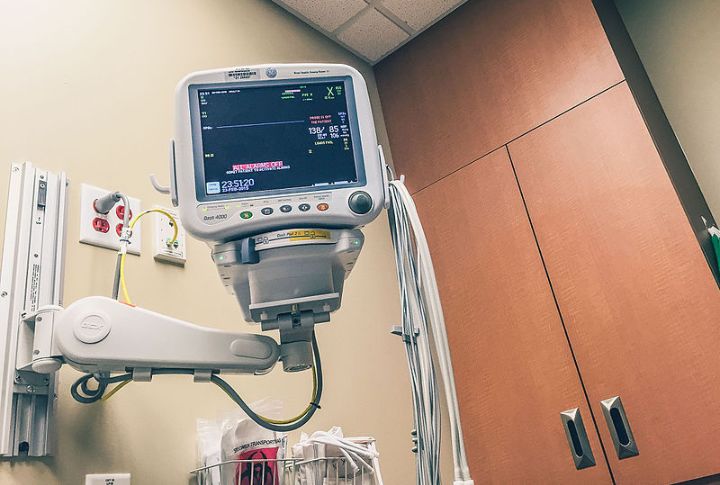
Big cruise ships feature fully equipped medical centers with onboard doctors, pharmacies, and emergency care options. Smaller vessels have basic medical staff but may lack extensive facilities, requiring emergency evacuations if serious issues arise. Those with specific medical needs may feel more secure on a larger ship.
Onboard Amenities
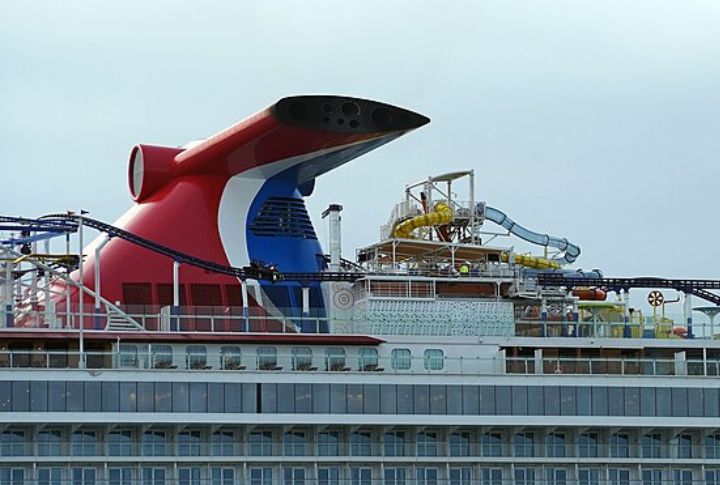
A large cruise ship is a floating theme park with water slides, surf simulators, rock climbing walls, and roller coasters. You’ll never run out of things to do. Smaller ships take a different approach, offering wine tastings and tranquil sun decks for ultimate relaxation.
Entertainment Options
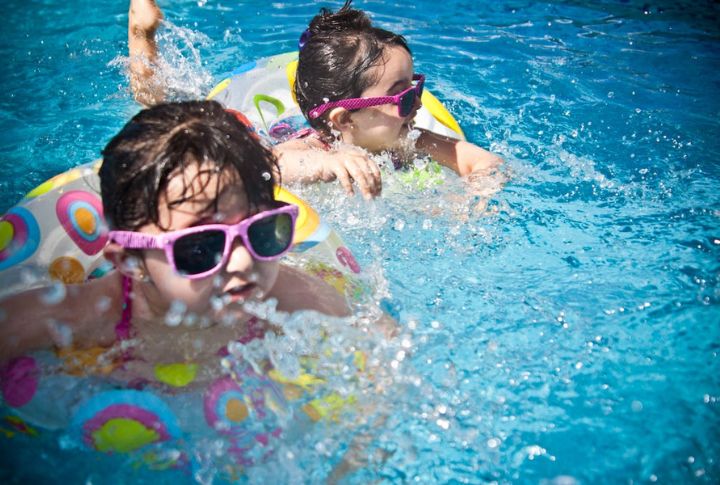
Small ships keep it classy with live jazz, guest lectures, and intimate theater performances, creating a relaxed, cultured vibe. Meanwhile, large ships go out with Broadway-style shows, comedy clubs, ice-skating rinks, and even circus performances. The entertainment experience is night and day.
Dining Experiences
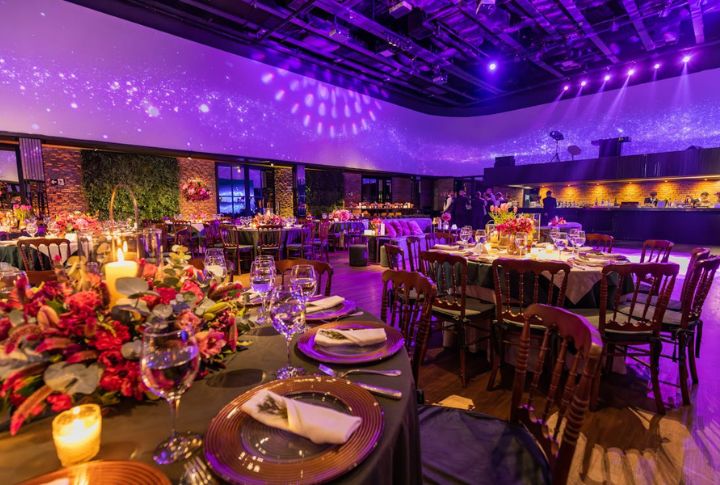
The dining experience is either expansive or exclusive. A large ship can house over 20 dining venues spanning global cuisines. Sushi bars, steakhouses, and Michelin-star partnerships are standard. On the other hand, small ships focus on gourmet meals with locally sourced ingredients, often in just a few refined restaurants.
Port Accessibility
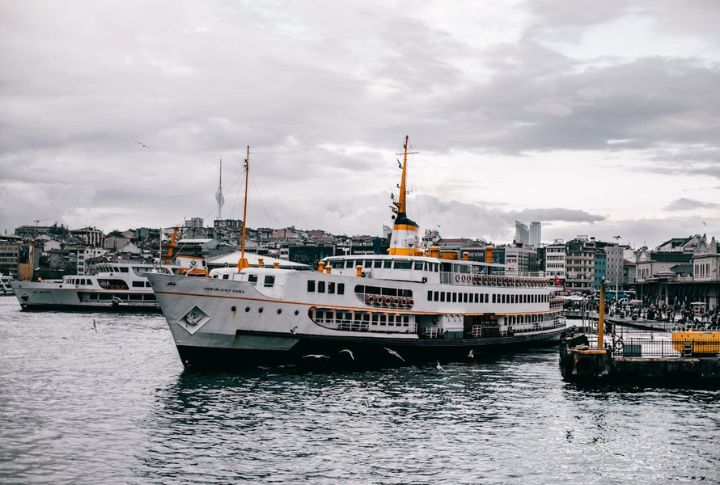
Did you know the size of the ship dictates where you can go? Large cruise ships stick to significant ports like Nassau and Miami, where massive terminals can handle their scale. On the other hand, smaller ships slip into hidden Greek islands and untouched Galapagos beaches, offering rare, off-the-beaten-path experiences.
Embarkation And Debarkation
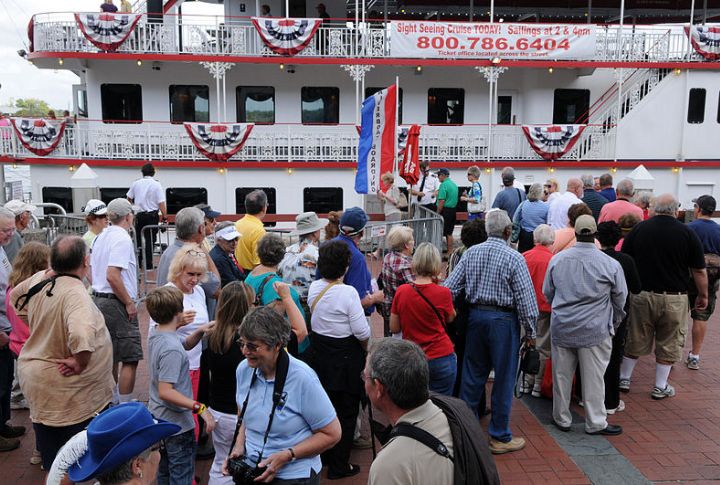
Stepping onto a small cruise ship feels effortless—no long lines, no chaos, just a quick process. With fewer passengers, check-in and security move swiftly, which lets you start your vacation almost immediately. Large cruise ships mean crowded terminals and long queues, especially during peak season.
Atmosphere And Social Interaction

If you seek a more personal experience, small ships create a close-knit community where you’ll recognize fellow passengers daily. Conversations flow easily, and crew members quickly learn your name. Large ships offer anonymity, allowing you to blend into the crowd and meet someone new daily.
Stateroom Variety
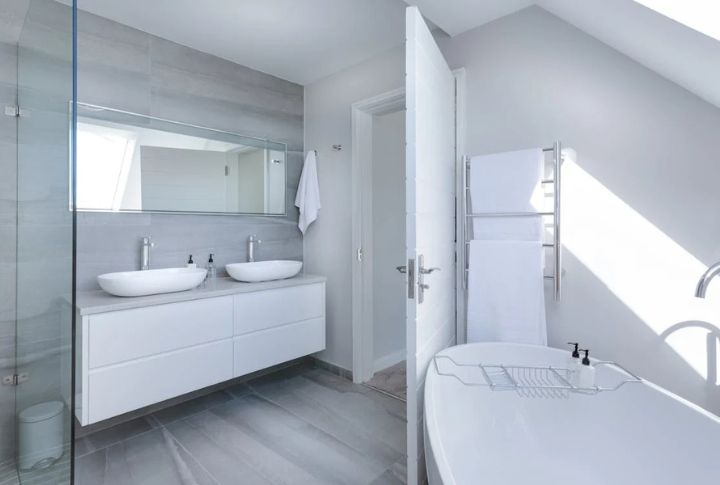
Massive cruise ships cater to every budget, from inside cabins to luxury suites with butlers and private hot tubs. Smaller ships lean toward spacious, high-end accommodations, often with ocean views. So, if luxury is the goal, the small vessels deliver.
Family-Friendly Features

Large ships are floating playgrounds; think waterslides and character meet-and-greets with superheroes and princesses. Meanwhile, small ships lean toward a peaceful, adult-focused experience, swapping out splash zones for wine tastings and guest lectures. While that might sound like heaven for grown-ups, it’s not ideal for restless little cruisers.
Environmental Impact
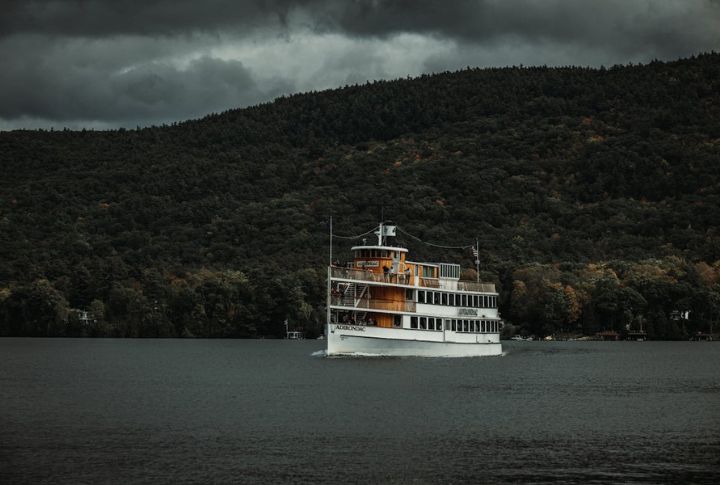
Small ships leave a lighter footprint, consuming less fuel and often prioritizing sustainability-focused itineraries. Large ships operate on a massive scale and burn more fuel. Some modern vessels are incorporating LNG technology and energy-efficient systems to reduce their impact, but the reality remains that bigger ships require more resources.
Stability And Sea Conditions
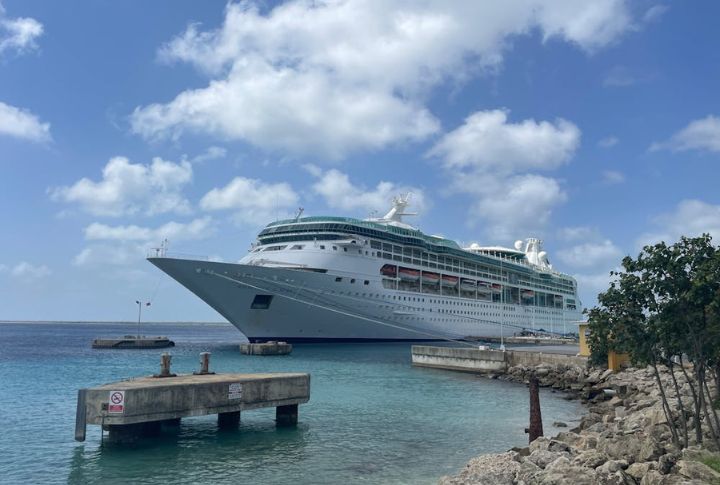
Seasickness can make or break a cruise, and ship size plays a massive role in how smooth the ride feels. Larger vessels are built with advanced stabilizers, allowing them to glide through choppy waters easily. In contrast, smaller ships feel the ocean’s every mood, especially in open waters.
Excursion Availability
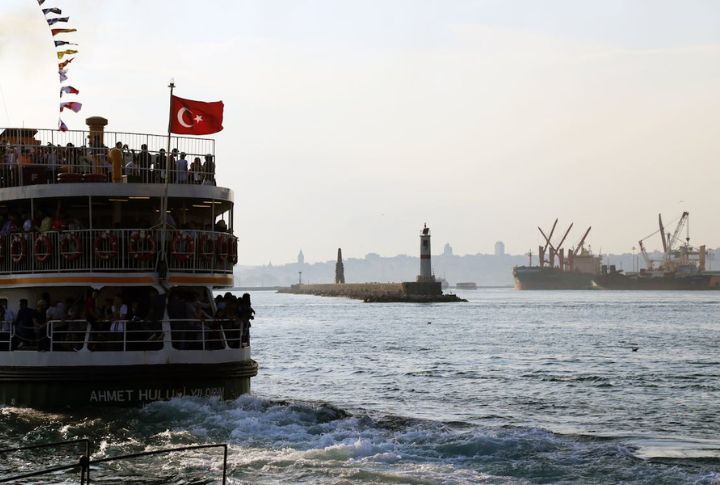
Large ships accommodate thousands of passengers, so popular excursions fill up quickly and may feel crowded. Smaller vessels, with fewer guests, offer more immersive excursions, often including exclusive cultural experiences. If personalized adventures matter, a smaller vessel provides a less touristy and more authentic experience.
Shopping And Onboard Retail
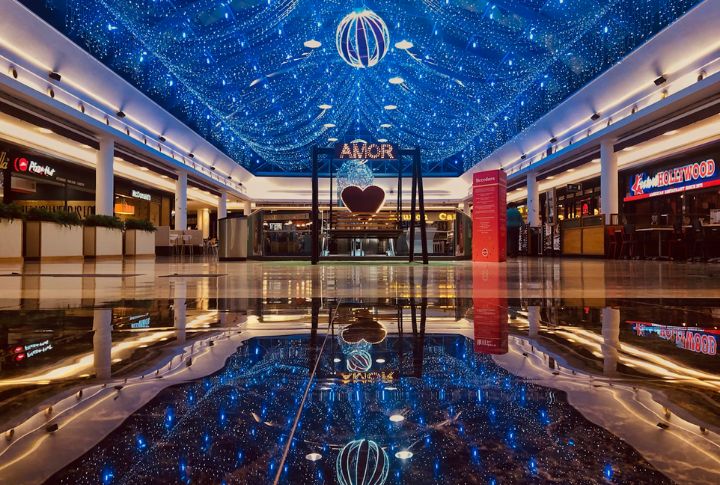
Cruise ships can be floating shopping malls—or not! Larger ships have duty-free designer stores, souvenir shops, and even art auctions. Smaller ships, however, focus on locally made goods and unique finds. Love browsing and buying? Opt for a bigger vessel with more retail choices.
Vibe And Pace Of Travel

Large cruise ships feel energetic, fast-paced, and full of constant activity, catering to guests who enjoy an action-packed vacation. Small ships move at a slower, more relaxed pace, ideal for those who prefer leisurely days at sea, intimate excursions, and a quieter travel atmosphere.


